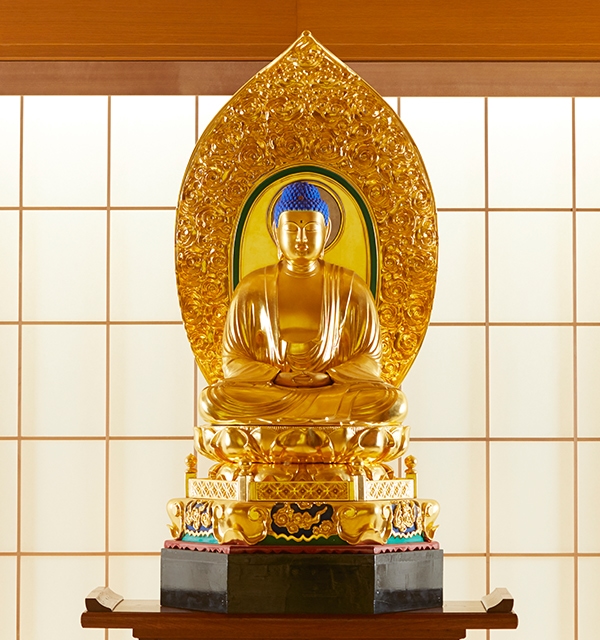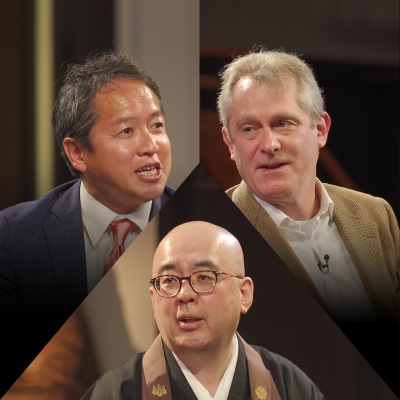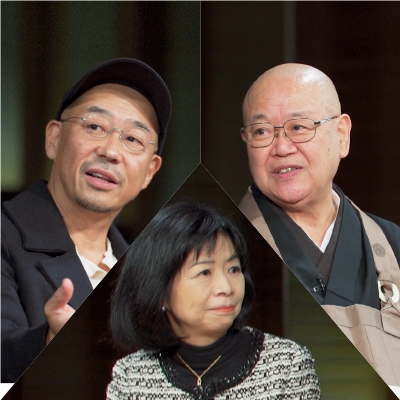
The History of Zen: Discovering the Roots of Sōtō Zen (9)
From Prof. KAGAMISHIMA Genryū’s Zengaku gairon kōgi nōto
(Introduction to Zen Studies Lecture Notes)
The Two Entrances (Jpn. Nishu nyū) teaches Two Entrances and Four Practices (Jpn. Ni’nyū shigyō). The Two Entrances are the Entrance of Principle理入, and the Entrance of Practice行入. The Four Practices are a further division of the Entrance of Practice. Among the Two Entrances, the Entrance of Principle is the principle for entering into the truth, and the Entrance of Practice is the practice for entering into the truth. The Entrance of Practice has four kinds.
The first is the Practice of Repaying Injury (Jpn. Hōongyō報怨行). Even though we have been injured in the past, we should resign ourselves to the fact that it was the result of our own past actions, and so we should not hold a grudge over it. The second is the Practice of Following Conditions (Jpn. Zuiengyō随縁行). On the other hand, if we are praised by others that too is only something that arises due to conditions, and we should not allow ourselves to be swayed by that. The third is the Practice of Non-seeking (Jpn. Mushogugyō無所求行). We should be free from attachment and not seek anything. The fourth is the Practice of According with Dharma (Jpn. Shōbōgyō称法行). With the conviction that the nature of beings is pure, we should practice in accordance with that.
The last Practice of According with Dharma teaches religious practice in a positive and concrete way. It teaches that we should engage in charitable布施 practices without concern for our own lives or property. It also teaches that we must abandon any ideas that we are doing good deeds.
The Two Entrances is generally believed today to be the work of Bodhidharma. What it teaches is general Mahāyāna Buddhism, and does not make claims containing the slogans of the later Zen school, “a special transmission outside the scriptures, not based on words and letters” and “by pointing directly to [one’s] mind, see into [one’s own true] nature to attain Buddhahood.” Moreover, since Bodhidharma gave his student Huike (Jpn. Eka慧可) the Laṅkāvatāra-sūtra『楞伽経』*1 translated by Guṇabhadra求那跋陀羅 (in four fascicles), Bodhidharma himself did not reject the scriptures.
Relying only on Bodhidharma’s teaching of The Two Entrances, the unique features of Zen are not discernable. Moreover, Bodhidharma was honored by the later Zen school as the First Patriarch not for the teaching of The Two Entrances but rather for his cultivation. As the method for The Two Entrances, Bodhidharma himself practiced zazen while wall-gazing. This was the reason why the Zen school later treated him as the First Patriarch. The basis of Zen teaching flows out from Bodhidharma’s practice of zazen, and is not based on the teachings of Bodhidharma’s The Two Entrances.
*1 This scripture was relied upon in the transmission of the lamp of Zen, having been given by the First Patriarch Bodhidharma to the Second Patriarch Huike, and having been passed on to the East Mountain Teachings (Jpn. Tōzan hōmon東山法門, the Zen teachings of the Fourth Patriarch Daoxin道信 and the Fifth Patriarch Hongren弘忍), and to Northern Zen (Jpn. Hokushūzen北宗禅, the Zen teachings of the Fifth Patriarch Hongren, his disciple Shenxiu神秀, and his disciples). This scripture had a great influence in the doctrinal formation of the early Zen school.

SPECIAL
ZEN,KOMAZAWA,MANAGEMENT
For our 5th discussion in this series we welcomed guest participant Mr. David Atkinson, CEO of Konishi Decorative Arts and Crafts, for a three-way dis・・・
2020.08.07

SPECIAL
ZEN,KOMAZAWA,MOVIE
For our fourth interview we welcomed film director Tatsushi Ōmori as our guest, and together with Komazawa University Chancellor Seishi Nagai and Prof・・・
2020.03.05

